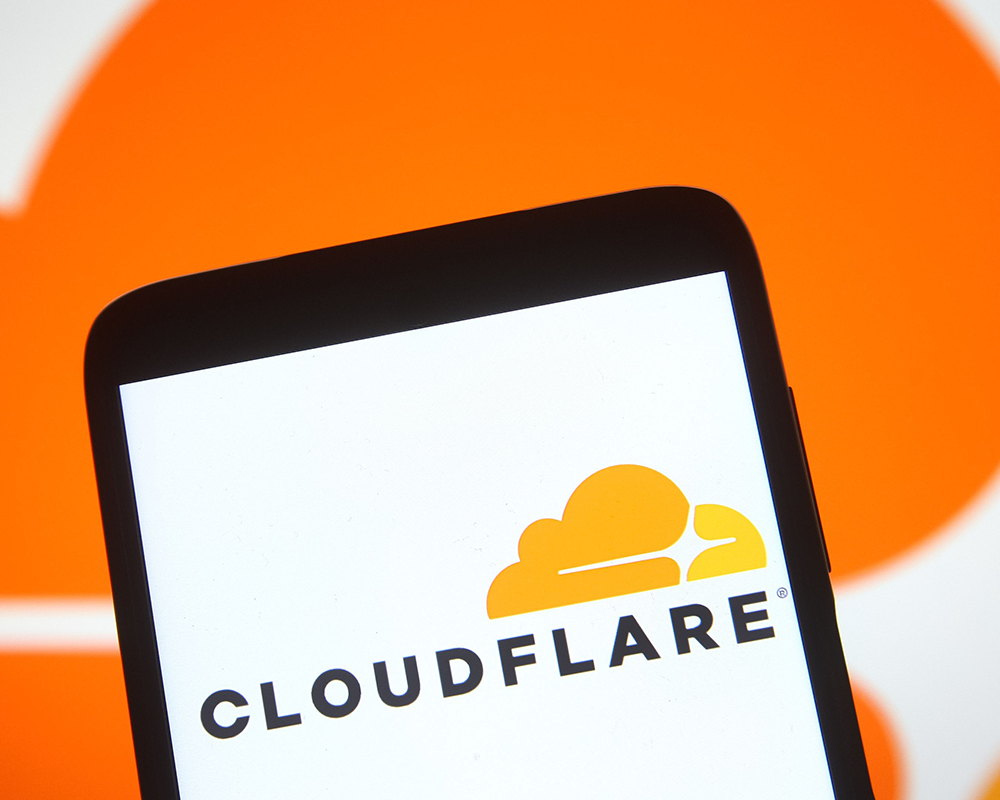July 11, 2025 By: JK Tech
Imagine a buffet where most dishes are free to eat, but a few are clearly marked as “paid.” Now picture a group sneaking in, pretending to be guests, filling their plates with everything including the paid dishes, adding a little garnish of their own, and then serving it elsewhere for profit. That’s how some AI crawlers have operated on the internet.
AI crawlers are automated bots that browse and extract information from websites. Most websites set boundaries using a simple file called robots.txt, which tells bots which pages they’re allowed or not allowed to access. While some crawlers navigate within those guidelines, others bypass the rules, disguising themselves as regular users or search engine bots to scrape content without consent, accessing everything from copyrighted news articles to paywalled content, all to feed the data-hungry engines behind today’s AI models. And until recently, creators and publishers had little power to stop them.
The Internet’s Gatekeeper Just Drew a Line
If you’ve browsed the internet today, chances are you passed through Cloudflare. It’s a company that sits between websites and users, protecting sites from cyberattacks, speeding them up, and managing who gets in and how.
Cloudflare just made a significant move by introducing “pay per crawl”, blocking AI bots that scrape websites without permission. In plain terms, that means AI companies can’t just crawl huge swaths of the internet anymore unless the websites explicitly allow it, or charges for access.
Cloudflare’s decision gives publishers and creators back some control to allow, block or charge for their content. With over 20% of the internet flowing through its pipes, Cloudflare is saying: “If you don’t want to be scraped by AI bots, we’ve got your back.” Publishers can now dictate the extent of access and charges to their content using Cloudflare’s built-in tools rather than relying on robots.txt files alone.
Will AI Models Get Worse or More Expensive?
In the short term: probably not.
Models like ChatGPT and Claude have already been trained on years of web data. That means they’ll still sound smart and be able to answer a wide range of questions. But in the long run, the air gets thinner.
If future models can’t access fresh, high-quality content, or have to pay a premium to get it, two things are likely to happen:
- Models may not be as intelligent
Without access to up-to-date or in-depth information, responses could become repetitive or less accurate, especially for news, research, tech updates, or niche topics.
- You may have to start paying
Open-source models like Mistral or Meta’s LLaMA are currently free to use, but maintaining quality without free data might push them toward subscription models. Imagine a future where you get 20 questions a day for free but need to pay for unlimited access — not unlike your favorite news site.
And even if the model is still free in theory, running it requires computing power, which isn’t free. As companies look for ways to cover rising training and hosting costs, monetization might become inevitable.



